News
Tesla Model X Deliveries on Schedule
Tesla Model X deliveries are on track to begin in September, 2015 according to the company’s latest filing with the SEC. Next up? A production ready model.
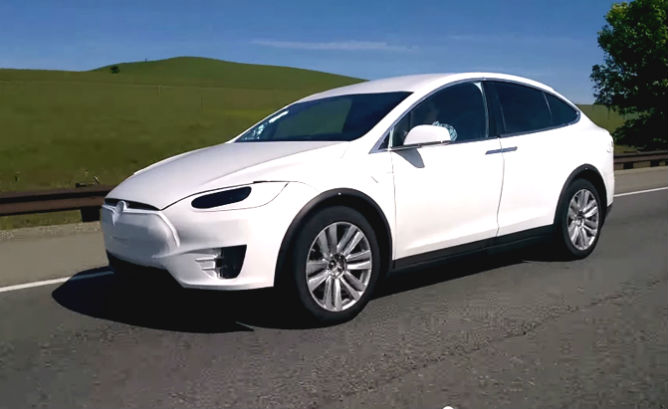
Tesla Model X deliveries appear to be on track for September of this year. In its latest filing with the SEC on April 23, Tesla Motors told regulators it has completed the Alpha and Beta prototypes of the Model X. Next on the agenda is the completion of a production version of the car.
Comparing this sequence of events to what happened when the Model S was under development, the first production Model S cars went on sale in June, 2012, nine months after the Beta prototype was completed in October of 2011. That suggests Tesla is on track to begin deliveries of the Model X later this year — possibly as early as September.
The SEC filing also indicates the company is on schedule with development of the Model III, set to be introduced in 2017. That’s a bit of encouraging news for Tesla fans and investors.
In its latest annual SEC filing, Tesla told the SEC it expects to deliver 55,000 vehicles this year worldwide. Since the Model X will not begin sales until later this year, most of the cars in that target will have to be Model S sedans. Production capacity for the Model S is now at 1,000 vehicles a week. The company has delivered at total of 57,000 of its Model S cars worldwide.
Tesla has not said how many Model X cars it plans to build this year but production will likely begin slowly and ramp up as the company gains experience with the new car. Both cars share the same basic chassis.
Key to increasing sales and deliveries will be continuing to expand the network of SuperCharger stations worldwide. Sales in China in particular have lagged behind expectations because of customer anxiety about the low number of charging locations available. The company is working hard to correct that perception in order to rejuvenate sales in the Chinese market and continuing to add Supercharger locations in the US and Europe.
Source: Hybrid Cars via AutoGuide
Elon Musk
Tesla Semi fleet from Frito-Lay gets more charging at Bakersfield factory
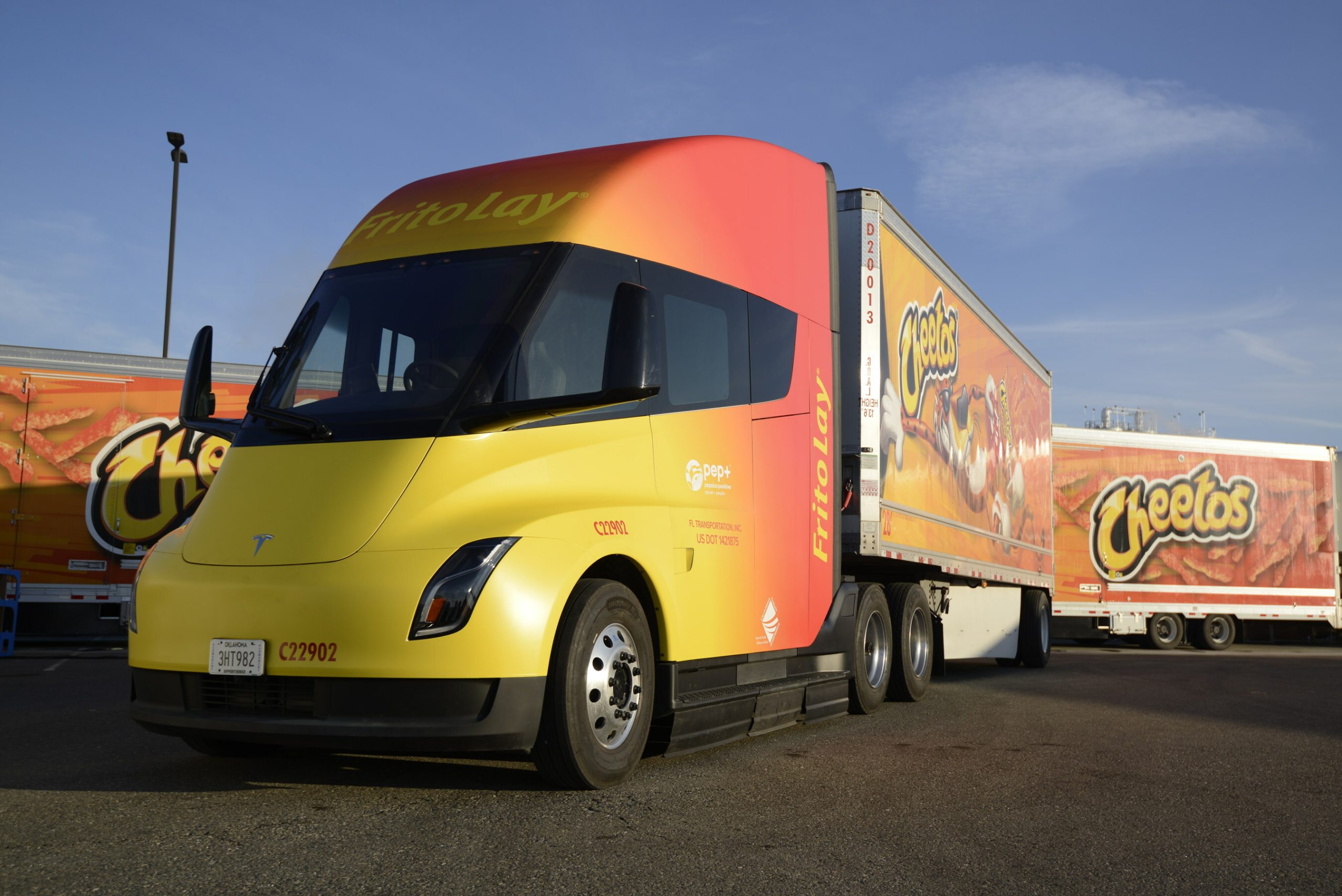
Among the several companies that have had the opportunity to add Tesla Semi all-electric Class 8 trucks to their fleets earlier than others, the most notable is arguably Frito-Lay, which has utilized the vehicle for a couple of years now.
However, as their fleet is making more local runs and there are undoubtedly plans to expand to more Semi units, the company has recognized it needs additional Megachargers to give juice to their trucks.
As a result, Frit-Lay decided to build more chargers at their Bakersfield, California facility, according to new permits filed by Tesla:
🚨 Frito-Lay is building an 8-stall Megacharger array at its factory in Bakersfield, California https://t.co/qARfJjogXF pic.twitter.com/gvorIVxsoc
— TESLARATI (@Teslarati) April 18, 2025
There are already chargers at the company’s Modesto, California, factory, but Bakersfield is roughly three hours south of Modesto.
Interestingly, Tesla is calling the chargers “Semi Chargers” in the filing, potentially hinting that it is no longer referring to them as “Megachargers,” as they have been in the past. This is a relatively minor detail, but it is worth taking note of.
In 2022, Frito-Lay began installing these chargers in preparation for the Semi to become one of the company’s main logistics tools for deliveries in California and surrounding states.
Frito-Lay is not the only company that has chosen to utilize the Tesla Semi for these early “pilot” runs. PepsiCo has also been a company that has used the Semi very publicly over the past two years.
Additionally, the Tesla Semi participated in the Run on Less EV trucking study back in late 2023, where it managed to complete a 1,000-mile run in a single day:
Tesla Semi logs 1,000-mile day in Run on Less EV trucking study
Tesla is planning to ramp production of the Semi late this year. On the Q4 2024 Earnings Call, VP of Vehicle Engineering Lars Moravy said the company would be focusing on the first builds of the Semi’s high-volume design late this year before ramping production in the early portion of 2026:
“We just closed out the Semi factory roof and walls last week in Reno, a schedule which is great with the weather. In Reno, you never know what’s going to happen. But we’re prepping for mechanical installation of all the equipment in the coming months. The first builds of the high-volume Semi design will come late this year in 2025 and begin ramping early in 2026.”
Tesla will build these units at a new Semi production facility located in Reno near its Gigafactory. The company is getting closer to finishing construction, as a drone video from this morning showed the facility is coming along at a good pace:
🚨Tesla Semi factory progress update: pic.twitter.com/dlzIjKwfT3
— TESLARATI (@Teslarati) April 18, 2025
News
Tesla Cybercab no longer using chase vehicles in Giga Texas
Elon Musk expects Tesla to produce about 2 million Cybercab units per year.
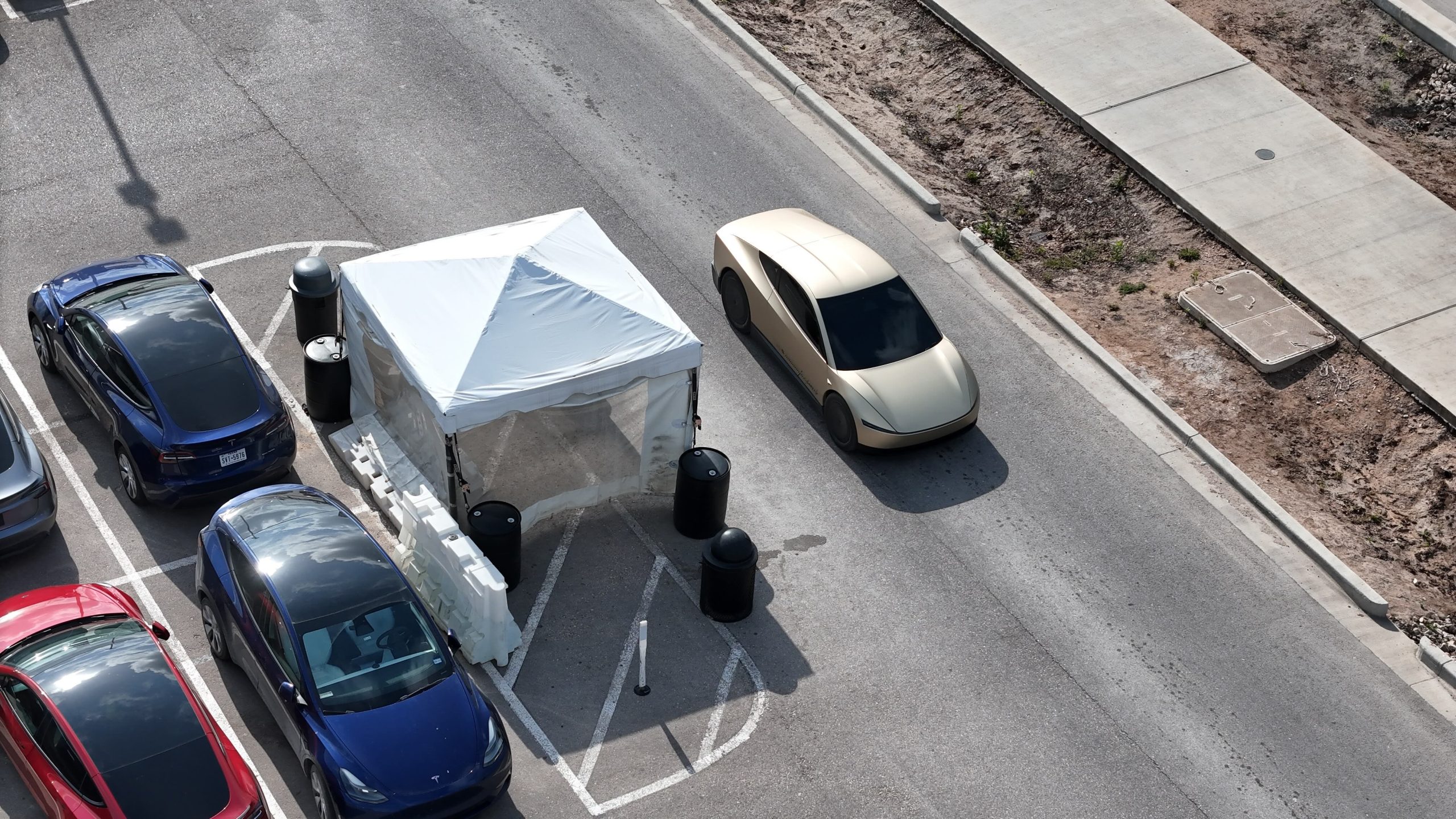
The Tesla Cybercab is the company’s first vehicle that is designed solely for autonomous driving. And while the spacious two-seater is expected to start volume production in 2026, the vehicle’s development seems to be moving at a steady pace.
This was hinted at in recent images taken by a longtime Tesla watcher at the Giga Texas complex.
Tesla Cybercab Production
The Cybercab will likely be Tesla’s highest volume vehicle, with CEO Elon Musk stating during the company’s Q1 2025 All-Hands meeting that the robotaxi’s production line will resemble a high-speed consumer electronics line. Part of this is due to Tesla’s unboxed process, which should make the Cybercab easy to produce.
Elon Musk expects Tesla to produce about 2 million Cybercabs per year. And while the vehicle is expected to see volume production at Giga Texas next year, the CEO noted that the vehicle will be manufactured in more than one facility when it is fully ramped.
No More Chase Cars
While the Cybercab is not yet being produced, Tesla is evidently busy testing the vehicle’s fully autonomous driving system. This could be hinted at by the Cybercabs that have been spotted around the Giga Texas complex over the past months. Following last year’s We, Robot event, drone operators such as longtime Tesla watcher Joe Tegtmeyer have spotted Cybercabs being tested around the Giga Texas complex.
At the time, videos from Giga Texas showed that the driverless Cybercabs were always accompanied by a manually driven Model 3 validation chase car. This was understandable considering that the Giga Texas complex features pedestrians, other cars, and construction areas. As per the drone operator in a recent post on social media platform X, however, Tesla seems to have stopped using chase cars for its Cybercab tests a few weeks ago.
Aggressive Tints
The reasons behind this alleged update are up for speculation, though it would not be surprising if the Cybercab’s autonomous driving system could now safely navigate the Gigafactory Texas complex on its own. Interestingly enough, the Cybercabs that were recently photographed by the drone operator featured very aggressive tint, making it almost impossible to make out the interior of the robotaxi.
This is quite interesting as other Cybercabs that have been spotted around Giga Texas were only equipped with semi-dark tints. One such vehicle that was spotted in February was even speculated to be fitted with an apparent steering wheel.
News
Tesla reiterates FSD’s biggest advantage, even if it’s still Supervised
Even in its current Supervised state, FSD is already pretty life-changing.
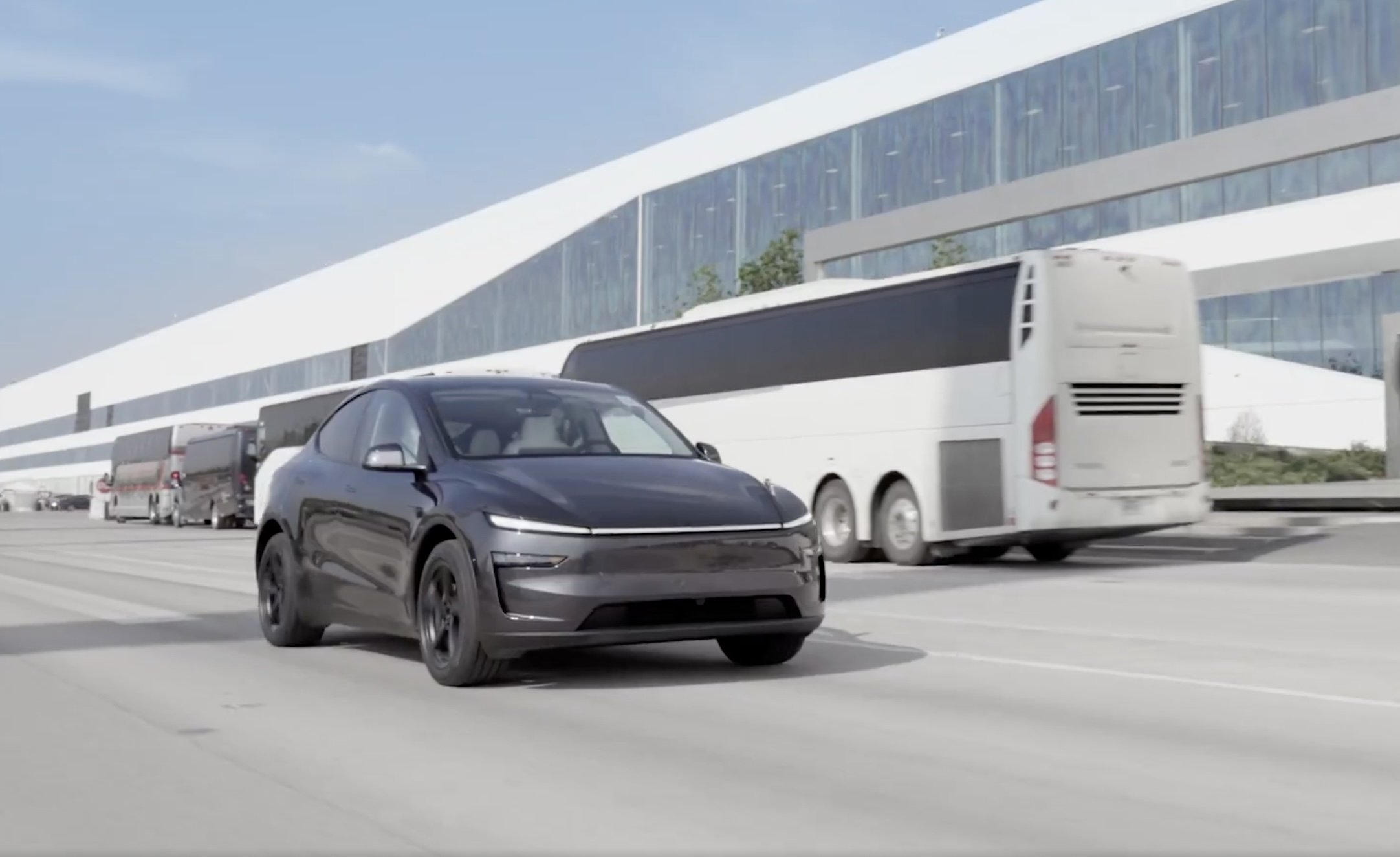
Tesla Full Self Driving (FSD) has a ton of potential. Once it is rolled out as an Unsupervised system, it could change the transportation sector. But even in its current Supervised state, FSD is already pretty life-changing.
This was highlighted recently by the electric vehicle maker through its official Tesla account on social media platform X.
Tesla FSD Unsupervised
Tesla’s self-driving aspirations are expected to come to fruition with the release of FSD Unsupervised, which is currently already being used in the Fremont Factory and Giga Texas. With FSD Unsupervised, Teslas are able to navigate from the end of their production lines to the facilities’ outbound lots without a human driver.
Tesla has previously noted that FSD Unsupervised should see its initial release in Texas and California this year. As noted by Tesla in a post on X, autonomy, when deployed at scale, does not just make cities more livable. It also gives back time to people. This is what makes autonomous driving systems potentially world-changing.
Still Supervised, But Already Useful
FSD today, however, is still Supervised, which means that it still requires constant attention from the driver. This is one of the main points of criticism from Tesla skeptics, as FSD’s current Supervised nature is typically used to argue that it is no better than other adaptive cruise control systems that other carmakers offer. As per Tesla in a follow-up post, however, FSD Supervised already makes life easier.
This is because FSD Supervised works on inner city roads, and while the driver is still observing the car to ensure that it operates well, trips could easily become a lot less tiring. This is especially true for long trips, which could take a toll on the driver if vehicles are driven manually.
“You can get a glimpse of that today: although FSD Supervised currently does require your supervision, you will still notice that your commute or long drives are suddenly so much less taxing. No constant micro-adjustments in rush hour traffic. No frustration. Car does it all for you,” Tesla wrote in its post on X.
-
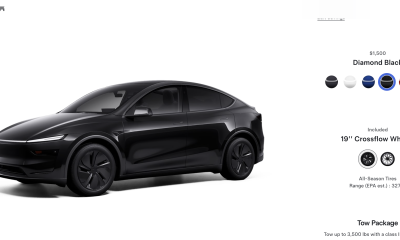
 News2 weeks ago
News2 weeks agoTesla rolls out new, more affordable trim of the Model Y Juniper in U.S.
-
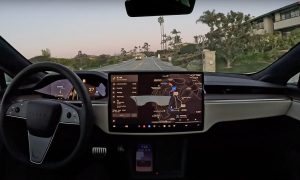
 News2 weeks ago
News2 weeks agoTesla expands Early Access Program (EAP) for early Full Self-Driving testing
-
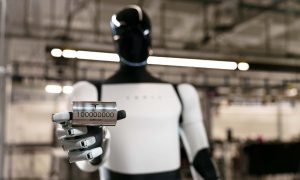
 News2 weeks ago
News2 weeks agoTesla celebrates key milestone for 4680 battery cell production cost
-
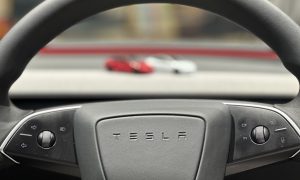
 Investor's Corner2 weeks ago
Investor's Corner2 weeks ago“Nothing Magnificent about Tesla (TSLA),” claims Jim Cramer
-
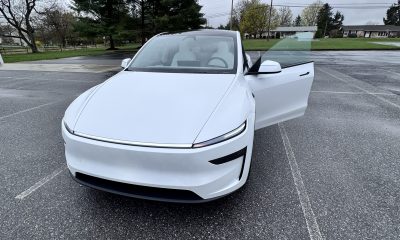
 News1 week ago
News1 week agoI took a Tesla new Model Y Demo Drive – Here’s what I learned
-
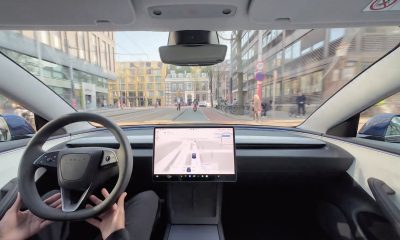
 News2 weeks ago
News2 weeks agoTesla Europe shares FSD test video weeks ahead of launch target
-
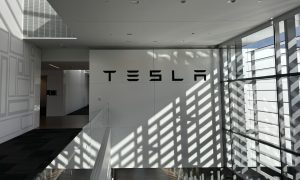
 News2 weeks ago
News2 weeks agoThis Tesla executive is leaving the company after over 12 years
-
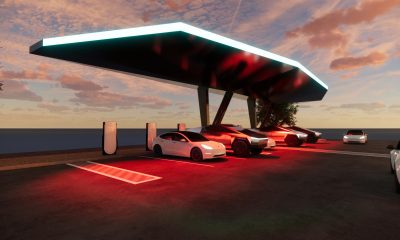
 Elon Musk2 weeks ago
Elon Musk2 weeks agoTesla is building a new UFO-inspired Supercharger in the heart of Alien country








